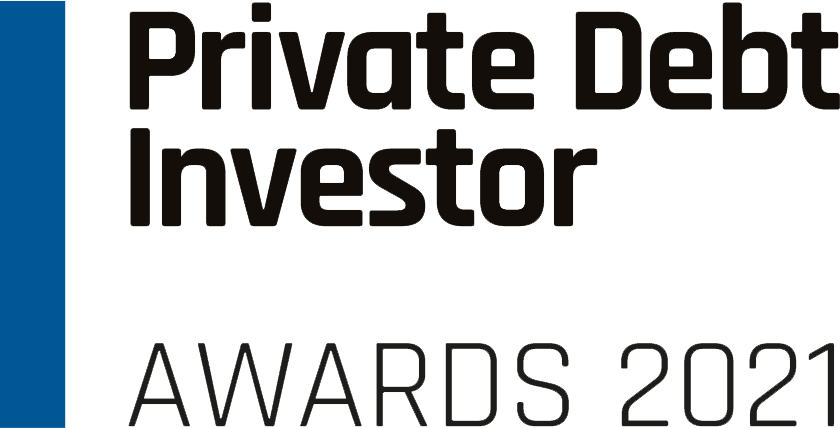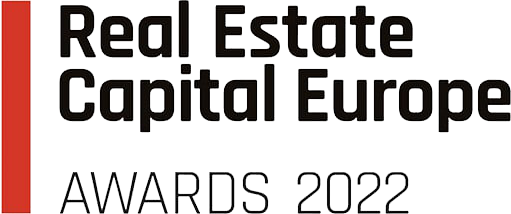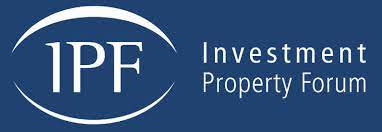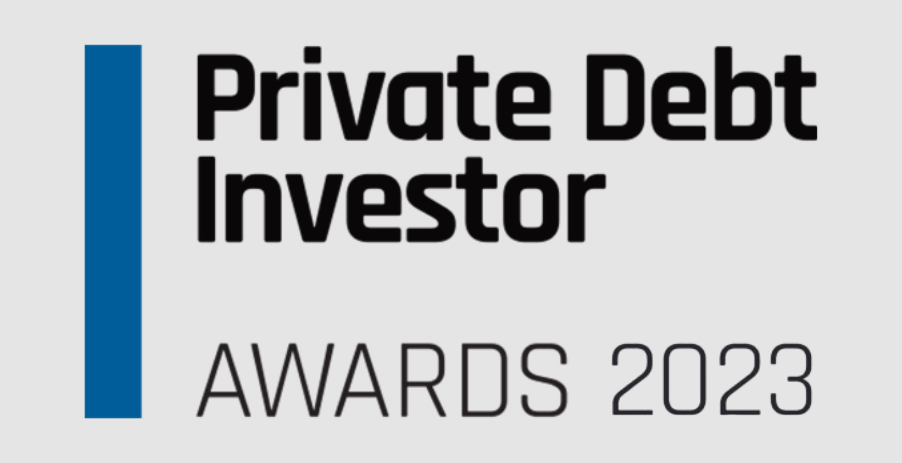
The Momentum Behind Sustainable Investing
Environmental, social, and governance (ESG) considerations have never held more sway over how much money, and on what terms, companies, and governments can raise funds from institutional and retail investors than they do today. The US market, the world’s largest and most influential for investment management, exemplifies the evolution of sustainable investing from a relatively fringe concern to a trend that is gathering momentum at a seemingly exponential rate.
As of early 2020, over $17 trillion in assets were allocated to sustainable investing strategies – those incorporating ESG selection criteria and/or engaging in shareholder advocacy – according to the US SIF Foundation’s latest biennial Report on US Sustainable and Impact Investing Trends, published last month. That figure has grown by 42% since 2018, lifting the proportion of dollars under professional management in the US that are involved in sustainable investing from one in four to one in three. [1]
That explosive growth applies not only to equities but also to sovereign and corporate borrowers tapping debt capital markets. In 2019, the volume of sustainable debt issued globally hit $465 billion, up by 78% from $261 billion in 2018. Green bonds constituted more than half of the entire sustainable debt market in 2019, with $271 billion issued – up from $182 billion in 2018. The issuance of sustainability bonds, the proceeds of which finance projects with both environmental and social benefits, increased almost three times in volume year on year, reaching a record of $46 billion.
The sustainability revolution in investment management reflects the wider societal shift that has embedded ESG factors at the heart of business strategy. Business models are evolving to take account of the wide array of factors, from climate change to public health, that can serve as an opportunity or, if ignored, hinder a company’s performance and success.
According to the World Economic Forum’s Global Risks Report 2020, 10 years ago, only one of the top global risks in terms of impact and likelihood was related to ESG factors. Today, they account for nearly all of the world’s biggest risks. These include extreme weather events, water crises, cyber-attacks, and data fraud or theft. [2]
At the same time, capitalism itself is going through an existential crisis. Milton Friedman’s model of profit maximisation as the primary and sole objective of business has damaged societies’ confidence in the institution of business, and in capitalism as a force for good. The private sector’s reputation among younger generations is declining around the world. According to the 2020 Deloitte Global Millennial Survey, in December 2019, 51% of Millennials saw business in general as a force for good, down from 76% three years ago. COVID-19 prompted a further precipitous fall in confidence: by May 2020, only 41% agreed that business was having a positive impact on wider society. [3]
The principles of stakeholder capitalism, championed by the World Economic Forum for half a century and recently restated in the Davos Manifesto 2020, have never been so important. In 2017, the Forum’s International Business Council (IBC) spearheaded a commitment from more than 140 CEOs to align their corporate values and strategies with the UN’s Sustainable Development Goals (SDGs), to better serve society.
Similarly, last year, the influential Business Roundtable formally adopted a new ‘Statement on the Purpose of a Corporation’, to benefit all stakeholders – not just shareholders but also customers, employees, suppliers, and communities. There is an emerging consensus among companies that long-term value is most effectively created by serving the interests of all stakeholders.
It is clear that governments, NGOs, and charities alone do not have the resources to tackle the world’s biggest issues; the private sector has an enormous responsibility to meet these needs at scale whilst creating wealth and prosperity. The pandemic has reinforced the drive for positive change in communities around the world, and for a world in which businesses and governments commit to society and environmental sustainability.
Professors Michael Porter and Mark Kramer previously defined a multi-stage evolutionary process of corporate thinking on social impact. The market is now moving rapidly beyond the initial stage of philanthropy, which serves as an adjunct to a business’s core operations, and towards the end goal of a ‘shared value model’. This is a completely different paradigm, defined by Porter and Kramer as “policies and operating practices that enhance the competitiveness of a company while simultaneously advancing the economic and social conditions in the communities in which it operates. Shared value creation focuses on identifying and expanding the connections between societal and economic progress.” [4]
This fundamental shift in the global business landscape, where corporate goals are actually aligned with emerging global frameworks like the UN Global Goals for Sustainable Development and the Paris Agreement, is inevitably mirrored in how the capital to finance the creation of ‘shared value’ is allocated. The direction of travel from here is unambiguous. One in three professionally managed dollars being committed to sustainable investing strategies is not just the highest that figure has ever been; it is also the lowest it will ever be again.
[1] Report on US Sustainable, Responsible and Impact Investing Trends, 2020, US SIF Foundation
[2] Global Risk Report, World Economic Forum, January 2020
[3] The Deloitte Global Millennial Survey 2020
[4] The New Competitive Advantage: Creating Shared Value, Michael Porter, The World Business Forum, London, June 2019; Creating Shared Value, Professor Michael E. Porter and Mark Kramer, 2011 Harvard Business Review














